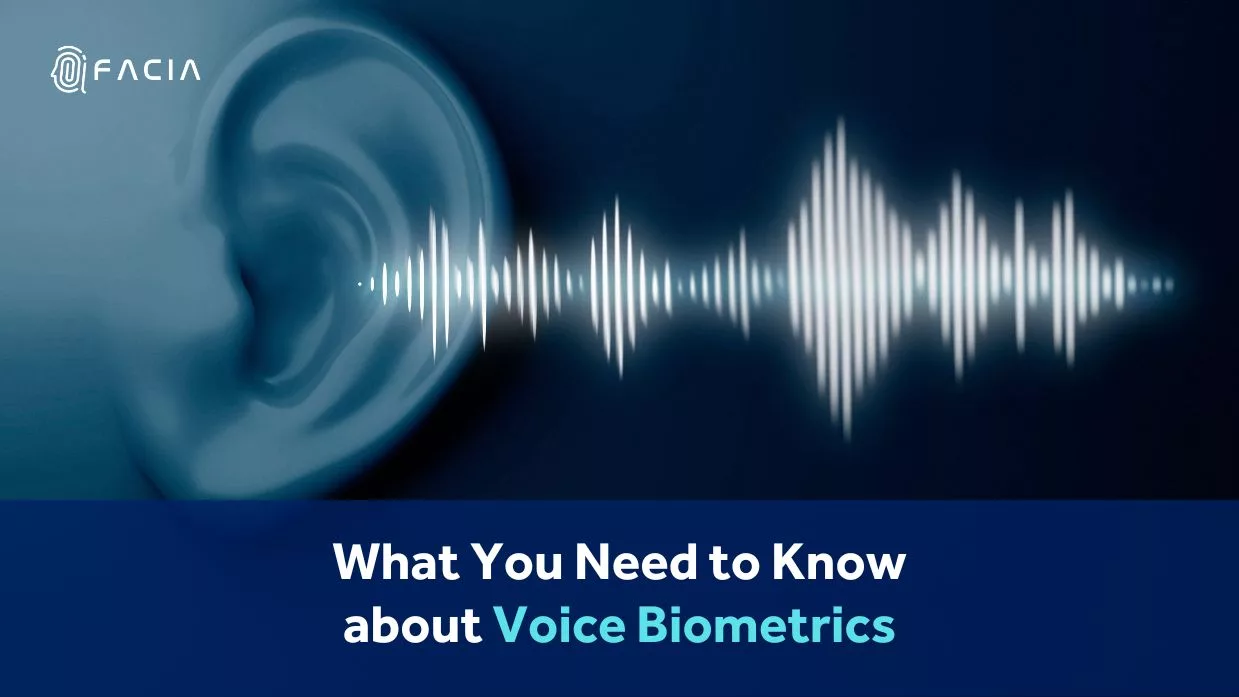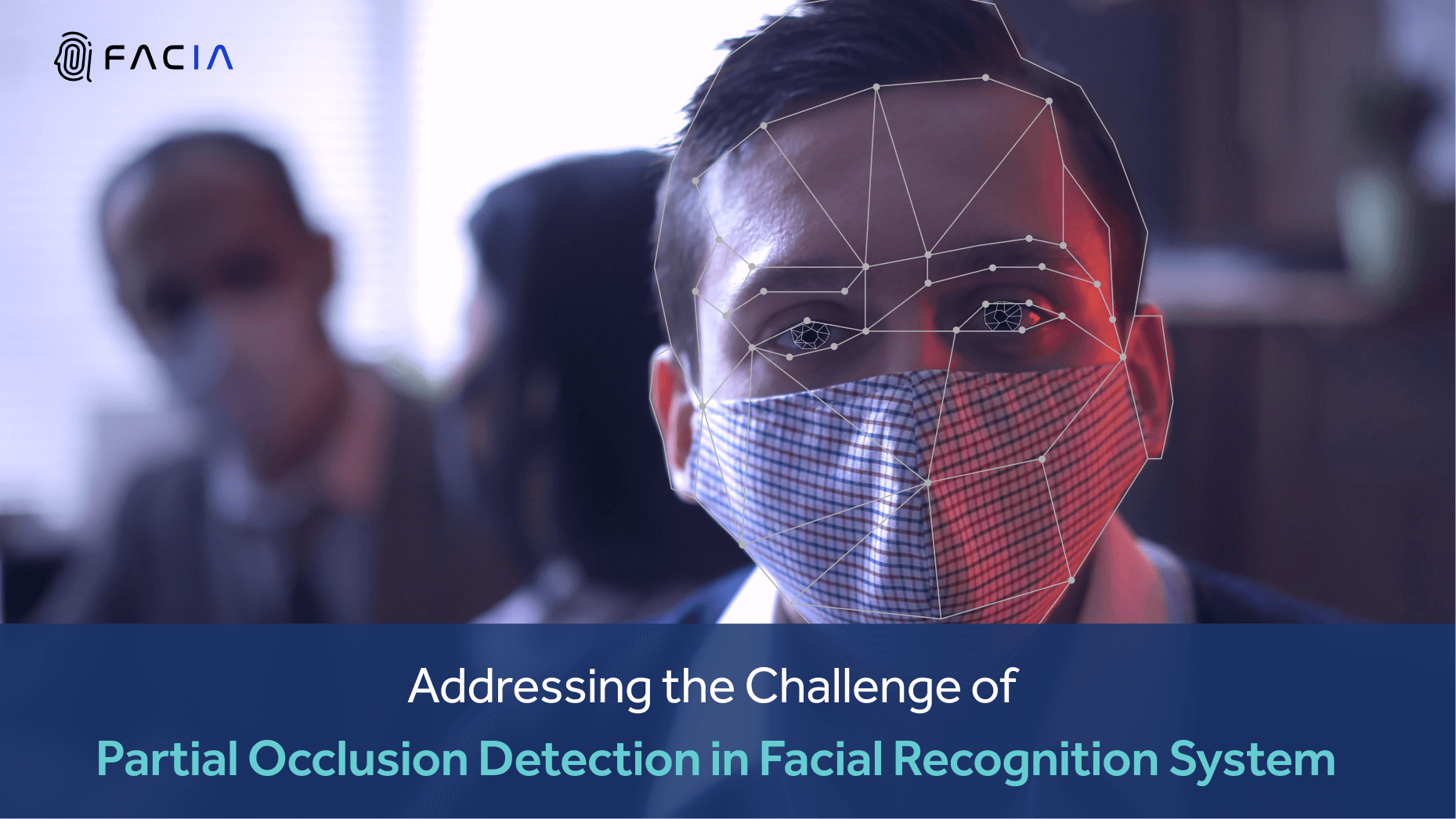
What You Need to Know about Voice Biometrics
Author: Soban K | 25 Aug 2023In This Post
Voice Biometrics has become an integral part of digital security, with the prevalence of fake audios and imitated memos. Analysing voice biometrics to identify potential risks is a key driver in protecting information and enhancing overall digital security. This article examines the security concerns and limitations surrounding voice biometrics, particularly in private banking and wealth management sectors.
The potential risks and limitations of voice biometrics are explored in detail, providing a comprehensive overview of how it contributes to the technology landscape in the contemporary era of innovation.
Key Highlights
- Voice biometrics in private banking and wealth management may provide a false sense of security
- The reliability and accuracy of voice biometrics systems should be questioned
- The use of voice biometrics can potentially lead to security vulnerabilities
- Voice biometrics should be complemented with other authentication methods to enhance your business security
Voice Biometrics: A Short Overview

Examining voice biometrics reveals potential security concerns and limitations, particularly in private banking and wealth management. Despite its state-of-the-art benefits, this rising technology may lead to vulnerabilities and requires careful consideration.
Advancements in voice biometric technology have been rapid and are often heralded as a driver for customer service improvement. However, these advancements have been with potential pitfalls. The role of voice biometrics in customer service improvement is undeniable, but it also presents potential security vulnerabilities.
The use of AI voice cloning in a major heist investigation in Dubai has garnered significant attention. Initially involving a branch manager in Hong Kong who received a convincing call from someone impersonating the director of their parent company, authorizing a series of transfers totalling $35 million, this incident has now been clarified as impacting an unnamed Japanese business.
The U.A.E. Ministry of Foreign Affairs & International Cooperation, responding to the situation, emphasized their commitment to combating deceptive practices like imposter fraud, even when they occur beyond U.A.E. borders.
According to HE Hamid Al Zaabi director general of the U.A.E. Executive Office of Anti-Money Laundering and Counter-Terrorism Financing, they are actively collaborating with law enforcement partners worldwide to identify and apprehend individuals involved in such activities.
This case serves as a stark reminder of the potential consequences of voice cloning technology and the urgent need for robust cybersecurity measures to protect against these evolving threats.
Rising Security Concerns in Voice Biometrics

Uncovering the possible risks associated with voice identification systems in private banking and wealth management reveals a spectrum of potential vulnerabilities. Voice recognition, while innovative, has its own set of security concerns. Some of these include:
Spoof Attacks
Fraudsters can mimic or modify voice characteristics to bypass security checks, leading to unauthorised access.
False Acceptance or Rejection
The system’s accuracy in verifying the speaker’s identity can be affected by various factors, including background noise or voice changes due to illness.
Privacy Concerns
The collection and storage of voice data can infringe on individual privacy rights.
Replay Attacks
An attacker can record a person’s voice and play it back to gain unauthorized access.
Reliance on Single-Factor Authentication
More reliance on voice biometrics with the support of other authentication methods can increase potential risks in voice biometric systems.
To combat these issues, consider multi-factor authentication methods, continuous authentication during a session, and regular updates to voice profiles. Using machine learning, systems can be trained to detect spoofing attempts or unnatural voice patterns.
These vulnerabilities necessitate a multi-layered approach to authentication, enhancing the overall security framework.
Limitations in Voice Biometric Systems: The Truth Uncovered

Challenges within voice biometric systems in the financial sector present in various forms, including spoofing, false acceptance or rejection, privacy infringements, and over-reliance on single-factor authentication.
Spoofing refers to the forgery of voice biometrics, undermining system integrity. False acceptance is the erroneous validation of unauthorised individuals, whilst false rejection inhibits access for authorised users. Privacy infringements occur when voice biometric data are misused, violating user confidentiality. Over-reliance on single-factor authentication, such as voice biometrics, exposes systems to security risks.
Therefore, measures to enhance voice biometric accuracy and improve authentication methods are essential. Multi-factor authentication (MFA), for instance, can supplement voice biometrics, reinforcing system security. Regular audits and updates can also help to maintain system robustness and detect potential breaches.
What are the Problems with Biometric Authentication Systems?
Four significant problems with biometric authentication systems include:
- False Positives and Negatives: Systems might incorrectly grant or deny access.
- Data Breaches: Biometric data, once stolen, can’t be changed like a password.
- Expensive Implementation: High-quality biometric systems can be costly to implement and maintain.
- Environmental Factors: Dust, lighting, or injuries can affect the reliability of biometric readings.
Regular system updates, multi-modal biometrics (using more than one biometric method), and encrypted storage of biometric data can help address these problems.
What Future Holds for Voice Biometric Systems?

Addressing existing vulnerabilities and enhancing the robustness of voice biometric systems is essential in ensuring their broader and more secure application. Implementing multi-factor authentication can serve as a significant step towards reinforcing security. The potential for unauthorised access and identity theft diminishes by supplementing voice biometrics with additional verification forms such as facial recognition, age verification, etc.
Furthermore, the encryption of biometric data, an aspect often overlooked, should be prioritised. This security measure ensures the confidentiality and integrity of sensitive information, thus preventing potential breaches.
As technology evolves, constant reassessment and adaptation of security protocols are requisite. The full potential and benefits of voice biometrics can be fruitfully exploited only through such comprehensive and proactive measures.
Vulnerabilities of Voice Recognition Technologies
Voice recognition technologies are vulnerable to:
- Synthetic Voices: Advanced software can generate synthetic voices that can deceive systems.
- Voice Phishing: Users can be tricked into providing voice samples to malicious actors.
- System Failures: Downtimes or failures in the recognition system can lock users out.
- Voice Altering: Drugs, fatigue, or emotions can alter a user’s voice.
Implementing behavioural biometrics (analyzing patterns in voice pitch or speed) and regular system testing can help combat these vulnerabilities.
What are Some Drawbacks to Using Biometrics for Authentication?
Drawbacks include:
- Irrevocability: Unlike passwords, biometrics can’t be changed if compromised.
- Privacy Concerns: Collection and storage of biometric data can raise privacy issues.
- Physical Changes: Biometrics like face or fingerprint can change over time or due to injuries.
- Costly Infrastructure: Setting up a secure and reliable biometric system can be expensive.
Using biometrics in tandem with other authentication methods and ensuring secure, encrypted storage can help mitigate these drawbacks.
Identify Biometrics Privacy Concerns
Privacy concerns related to biometrics include:
- Data Storage: How and where biometric data is stored can be a major concern.
- Unauthorized Access: Without proper safeguards, malicious actors might access biometric data.
- Consent Issues: Collecting biometric data without clear user consent can lead to legal and ethical concerns.
- Data Sharing: Sharing biometric data across platforms or with third parties raises privacy issues.
Transparent data policies, user consent before data collection, regular security audits, and strict regulations on data sharing can address these concerns.
What Are Some Real-World Applications of Voice Biometrics in Private Banking and Wealth Management?
Voice biometrics adoption in the realm of private banking and wealth management presents a novel approach to banking privacy enhancements. This technology is utilised for customer identification and verification, facilitating secure transactions and communication.
Notwithstanding, whilst it offers a level of convenience, it is crucial to evaluate the potential risks and adopt complementary authentication mechanisms to ensure robust security.
Thus, the real-world application of voice biometrics in this sector is progressive yet complex.
How Does Voice Biometrics Compare to Other Biometric Authentication Methods in Terms of Security?
In comparison to other biometric authentication methods, voice biometrics poses unique security challenges. One significant risk involves voice spoofing, where an attacker imitates the voice of a legitimate user, potentially leading to authentication failures.
Despite the advancement of technologies to detect such fraudulent activities, a foolproof solution remains elusive. Hence, whilst voice biometrics offers convenience, it may provide a different level of security control than other biometric methods, such as fingerprint or iris recognition.
Are Any Specific Industries or Sectors More Vulnerable to the Security Risks of Voice Biometrics?
Specific sectors, notably healthcare, may face heightened vulnerability to security risks associated with voice biometrics due to the sensitive nature of the data handled.
Legal implications of voice biometrics also introduce complexities, as privacy laws and regulations vary globally.
This technology provides convenience but also necessitates rigorous security protocols and regulatory compliance measures to counter potential threats and legal challenges, reinforcing the need for a comprehensive understanding of its limitations and potential risks.
How Does the Performance of Voice Biometrics Vary Across Different Languages or Accents?
The performance of voice biometrics can vary across different languages or accents, a phenomenon known as ‘Accent Bias in Biometrics’. Variations in pronunciation, pitch, speed, and rhythm may lead to inaccuracies in voice recognition systems.
These Voice Recognition Challenges can compromise the reliability and security of such systems, underscoring the need for advanced algorithms capable of accommodating linguistic and accentual diversity.
Are Any Emerging Technologies or Advancements That Could Potentially Enhance the Security of Voice Biometrics?
Emerging technologies such as artificial intelligence (AI) offer potential advancements for enhancing the security of voice biometrics.
Future integrations for voice biometrics could include AI-driven systems capable of discerning nuanced voice features, thus elevating security levels.
AI’s role in voice security can be pivotal, facilitating more accurate identification, minimising false positives, and enhancing overall system robustness.
Nevertheless, these advancements should be meticulously assessed for potential security implications.
Frequently Asked Questions
Voice biometrics refers to the technology that enables the identification and verification of an individual based on the unique characteristics of their voice. Just as fingerprints or iris patterns are distinctive to each individual, voice patterns are also unique due to physiological factors like the shape and size of the vocal cords and behavioural factors such as accent, speech rate, and pronunciation. Voice biometrics is widely used in security systems and customer service applications to provide secure and efficient authentication.
Voice biometrics works by analyzing the unique characteristics of a person’s voice. Here’s a step-by-step explanation:
Enrollment: The first time a user interacts with a voice biometric system, they are asked to speak specific phrases to create a voiceprint. Feature Extraction: The system analyzes the voice sample and extracts unique features, such as pitch, tone, cadence, and more. Voiceprint Creation: These features are then stored as a voiceprint in the system’s database.
Authentication: When a user attempts to access a system using voice biometrics, they provide a new voice sample. This sample is compared to the stored voiceprint.
Match or No Match: If the voice sample matches the stored voiceprint, access is granted. If there’s no match, access is denied.
Voice biometrics offers a range of benefits, including:
Security: Voiceprints are unique to each individual, making it a secure method of authentication.
Convenience: Users don’t need to remember passwords or PINs; they just speak naturally.
Cost-Effective: Reduces the need for human verification, leading to savings in customer service operations.
Fraud Prevention: Deters fraudulent activities as it’s difficult to mimic or replicate another person’s voice accurately.
Non-Intrusive: Unlike some biometric methods, voice biometrics doesn’t require physical contact.
While voice biometrics offers numerous advantages, it also has some limitations:
Voice Changes: A person’s voice can change due to factors like illness, mood, or age.
Background Noise: The presence of ambient noise can affect the accuracy of voice recognition.
Spoofing: There’s a risk of voice recordings being used maliciously to gain unauthorized access.
Technology Dependency: The quality of microphones and the clarity of phone lines can affect system accuracy.
Voice biometrics significantly enhances customer experience in several ways:
Quick Access: Customers can quickly authenticate themselves without the need for lengthy security questions.
Personalized Interactions: Businesses can use voice biometrics to recognize customers instantly, allowing for more personalized service.
Reduced Friction: Without the need to remember passwords or answer multiple questions, customer interactions become smoother and more efficient.
Increased Trust: Customers feel more secure knowing that their voice, a unique biometric identifier, protects their data.






